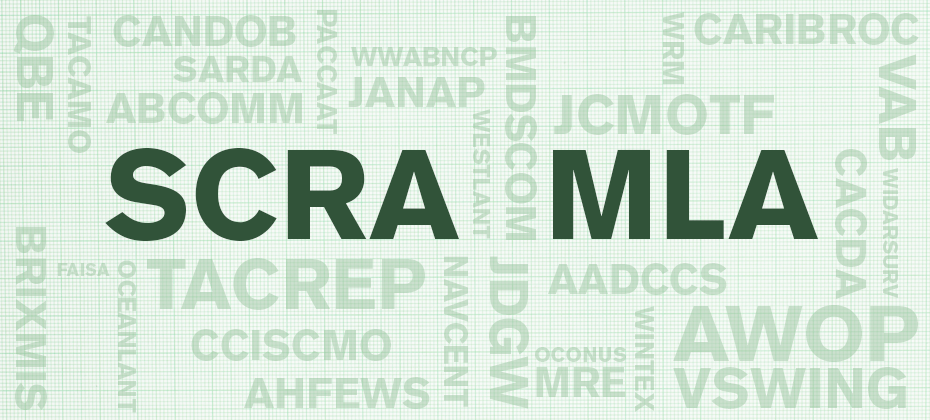The U.S. military presently includes an estimated 1.46 million active personnel and 1.1 million active reserve personnel. And like so many government agencies, it is also a source of just as many acronyms. OK, maybe a few less, but there really is a host of abbreviations and acronyms attached to the military – and in the regulatory and compliance space that includes MLA and SCRA.
So what is the difference between the two? And what do financial institutions need to know as it pertains to the Servicemembers Civil Relief Act (SCRA) and the newly enhanced Military Lending Act (MLA)?
Let’s break it down in this basic Q&A …
Who is covered and when are they covered?
The SCRA protects service members and their dependents (indirectly) on existing debts when the service member becomes active duty. By contrast, the MLA protects service members, their spouses and/or covered dependents at point of origination if they are on active duty at that time.
For example, if a service member opens an account with a financial institution and then becomes active military, SCRA protections will apply. On the other hand, if the service member is of active duty status when the service member or dependent is extended credit, then MLA protections will apply.
Both MLA and SCRA protections cease to apply to a credit transaction when the service member ceases to be on active duty status.
What is covered?
MLA protections apply to all forms of payday loans, vehicle title loans, refund anticipation loans, deposit advance loans, installment loans, unsecured open-end lines of credit, and credit cards (compliance requirements for credit cards has been extended to Oct. 3, 2017). However, MLA protections exclude loans secured by real estate and purchase-money loans, including a loan to finance the purchase of a vehicle.
What are the interest rate limitations?
The SCRA caps interest rate charges, including late fees and other transaction fees, at 6 percent.
The MLA limits interest rates and fees to 36 percent MAPR (Military Annual Percentage Rate).
The MAPR is not just the interest rate on the loan, but also includes additional fees and charges including:
- Credit insurance premiums/fees
- Debt cancellation contract fees
- Debt suspension agreement fees and
- Fees associated with ancillary products.
Although closed-end credit MAPR will be a one-time calculation, open-end credit transactions will need to be calculated for each covered billing cycle to affirm lender compliance with interest rate limitations.
Are there any lender disclosure requirements?
There is only one set of circumstances that triggers SCRA disclosures. The Department of Housing and Urban Development (HUD) requires that SCRA disclosures be provided by mortgage servicers on mortgages at 45 days of delinquency. This disclosure must be provided in written format only.
For MLA compliance, financial institutions must provide the following disclosures:
- MAPR statement
- Payment obligation descriptions
- Other applicable Regulation Z disclosures.
For MLA it is also important to note that disclosures are required both orally and in a written format the borrower can keep.
—
With the Department of Defense issuing its Final Rule in July 2015 with MLA, financial institutions have been brushing up on the protections and what will be required by the compliance date in October 2016.
To learn more on MLA and SCRA, as well as compliance solutions visit Experian.com/military.




